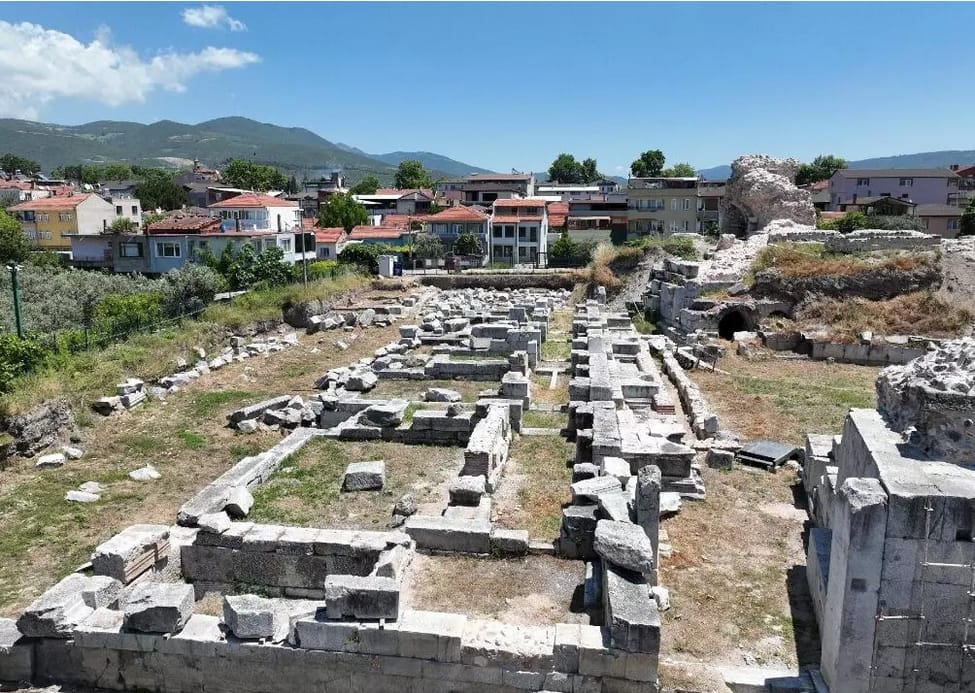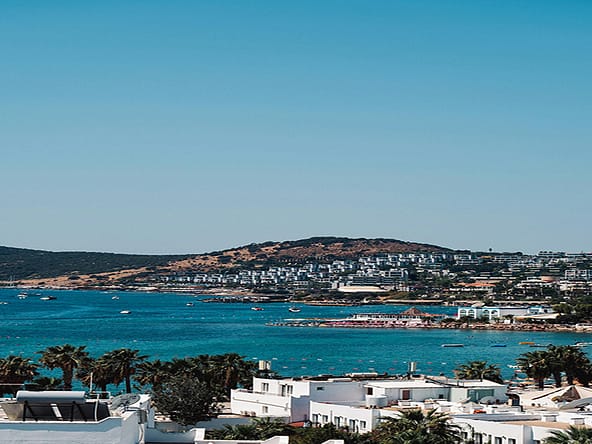Turkiye already has nineteen UNESCO World Heritage sites, and next year they are hoping for one more as an application has already gone in to the committee for the site of Iznik which is the Northwest Province of Bursa and is of great importance for the Christian faith.
A small but highly significant historical town, Iznik is still enclosed by it’s ancient walls and its systematic grid line layout which was established during the Hellenistic period is still visible, as you walk the streets that are lined with structures from the Romans, Byzantines and Ottomans. Its main attraction however and the reason behind the application is due to its witnessing of the introduction and expansion of early Christianity. The city hosted the two of the most important ecumenical councils recognized by all churches, and you can find the most important examples of early churches built here. The first Council was held in 325AD, shortly after Emperor Constantine’s conversion and it was known as the great Council of Nicaea which hosted more than 300 bishops from different parts of the Byzantine Empire. The Seventh Ecumenical council was held in 787AD to deal with the iconoclastic controversy on the use of icons, and this was held in the church of Hagia Sophia which was unfortunately demolished in the 11th century. One of the oldest Christian structures in Iznik is a hypogeum, essentially an underground grave, which was built around the 4th or 5th centuries, and ruins from the Koimesis Church built during the 7th century as part of the Hyakinthos Monastery can be found in the town.
When the Ottomans took over in 1331, they established their Capital here building fine examples of Ottoman architecture including the Haci Özbek Mosque, the Green Mosque and the Süleyman Pasa Madrasa. The re-built Hagia Sofia church (of which the original had hosted the Seventh Ecumenical council) was transformed into the Orhan Camii Mosque.
Iznik then gradually lost its influence with the growth of Istanbul, but it always been famous because of its historical & cultural significance, with architectural work starting around 30 years ago, much of which continues to this day. The town has actually been included in the tentative UNESCO list since 2014, but after a period of much needed work, its only now that an expert from ICOMOS (International Council of Monuments and Sites) who work with UNESCO, has been able to travel to the site to investigate the ruins, artefacts and preservations.
Iznik is now the only candidate from Turkiye for the UNESCO World Heritage list, although there are still some works on-going at other tentative sites throughout the country. If approved, it will be another boost to Turkiye’s on-going push for tourism this year and in the years to come.
For further information the town of Iznik and it’s history, click this link:
https://whc.unesco.org/en/tentativelists/5900/
*Image credit to Hurriyet Daily News.





